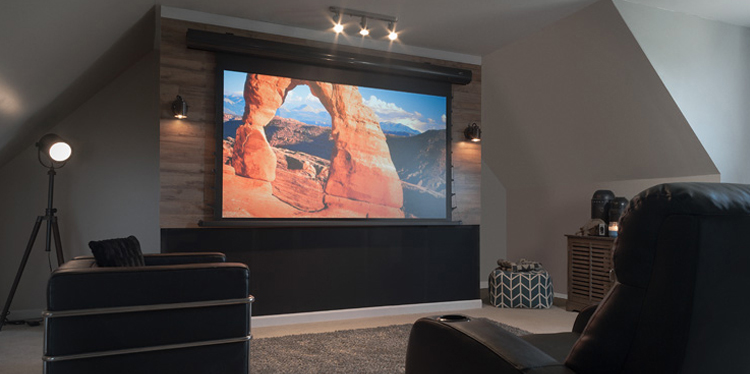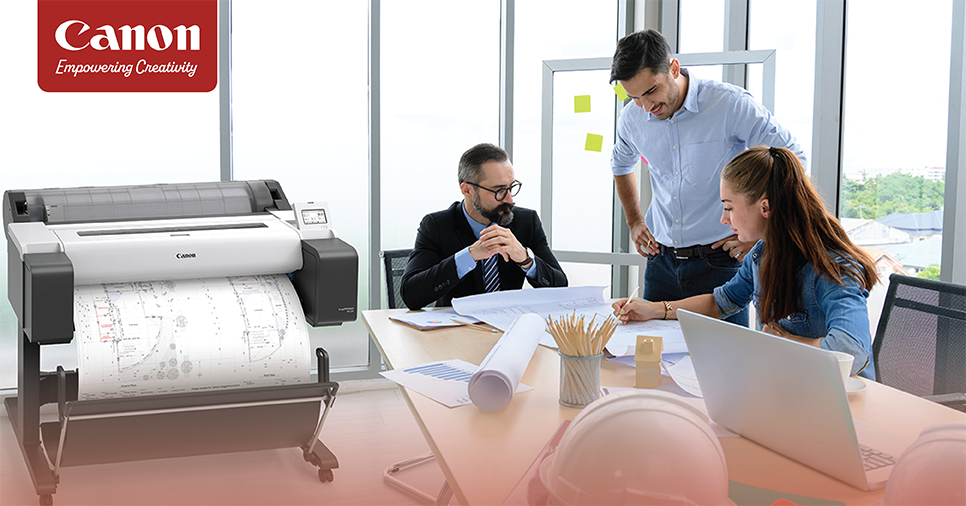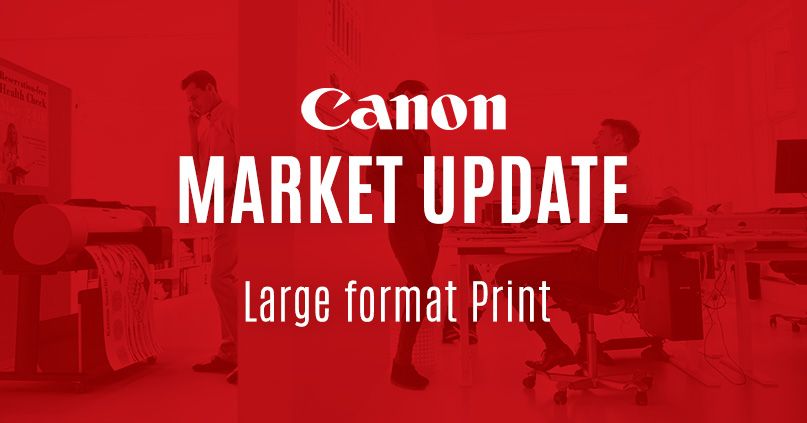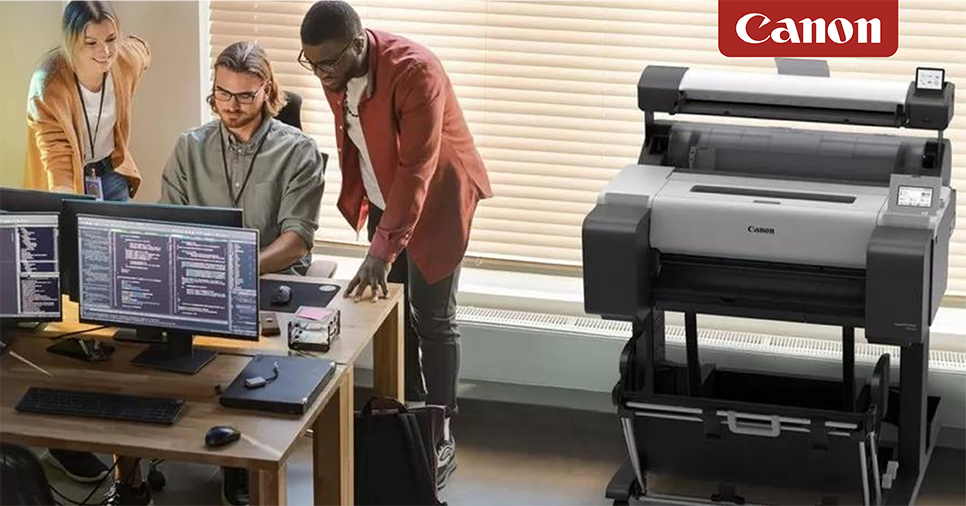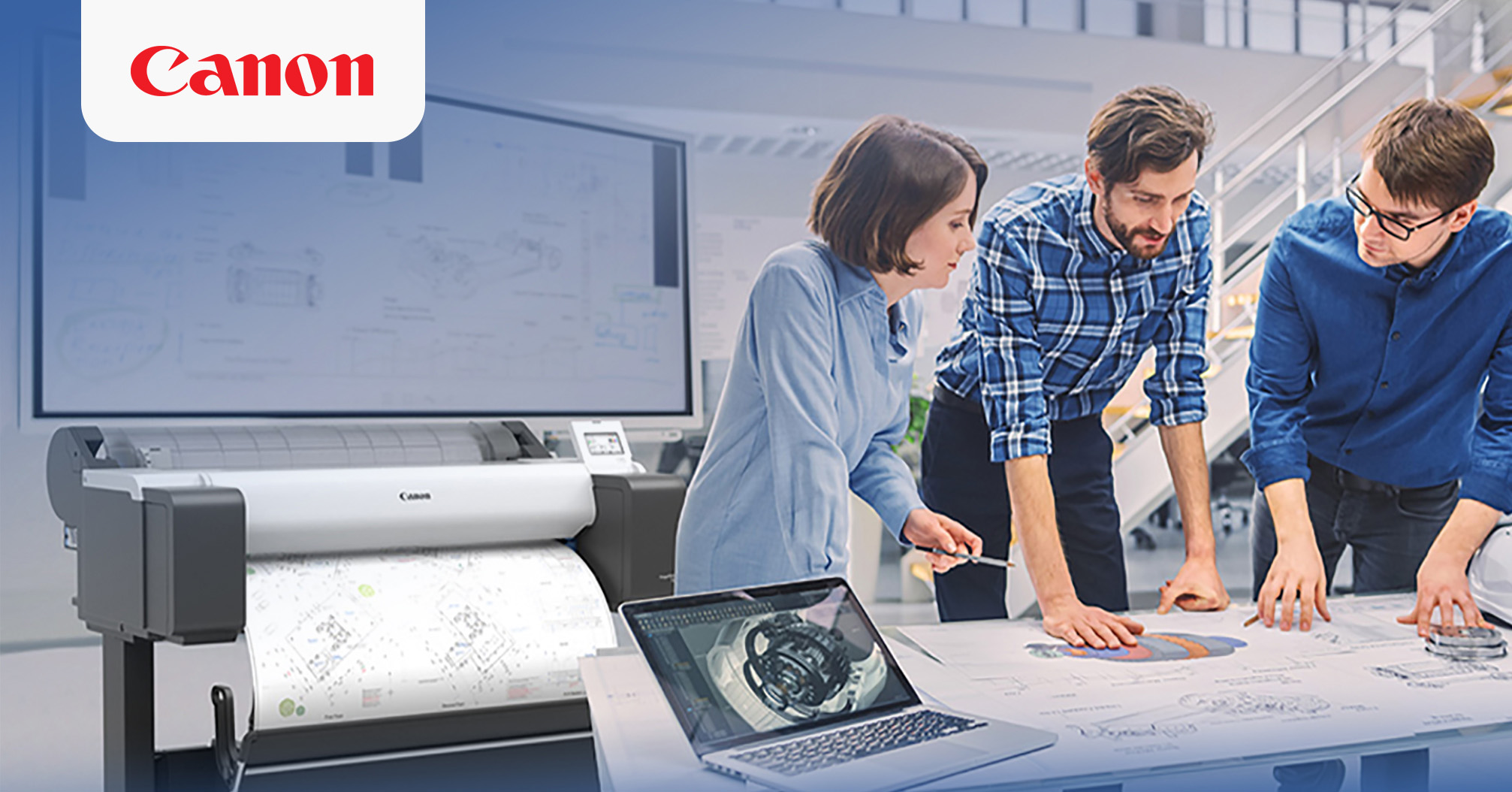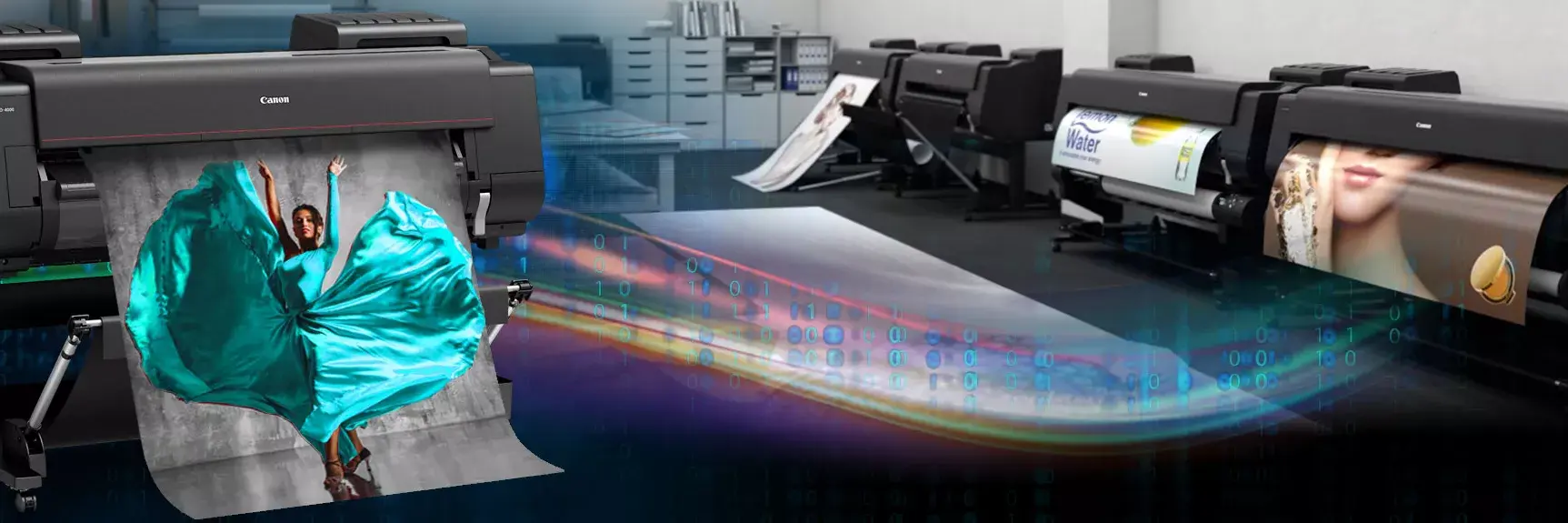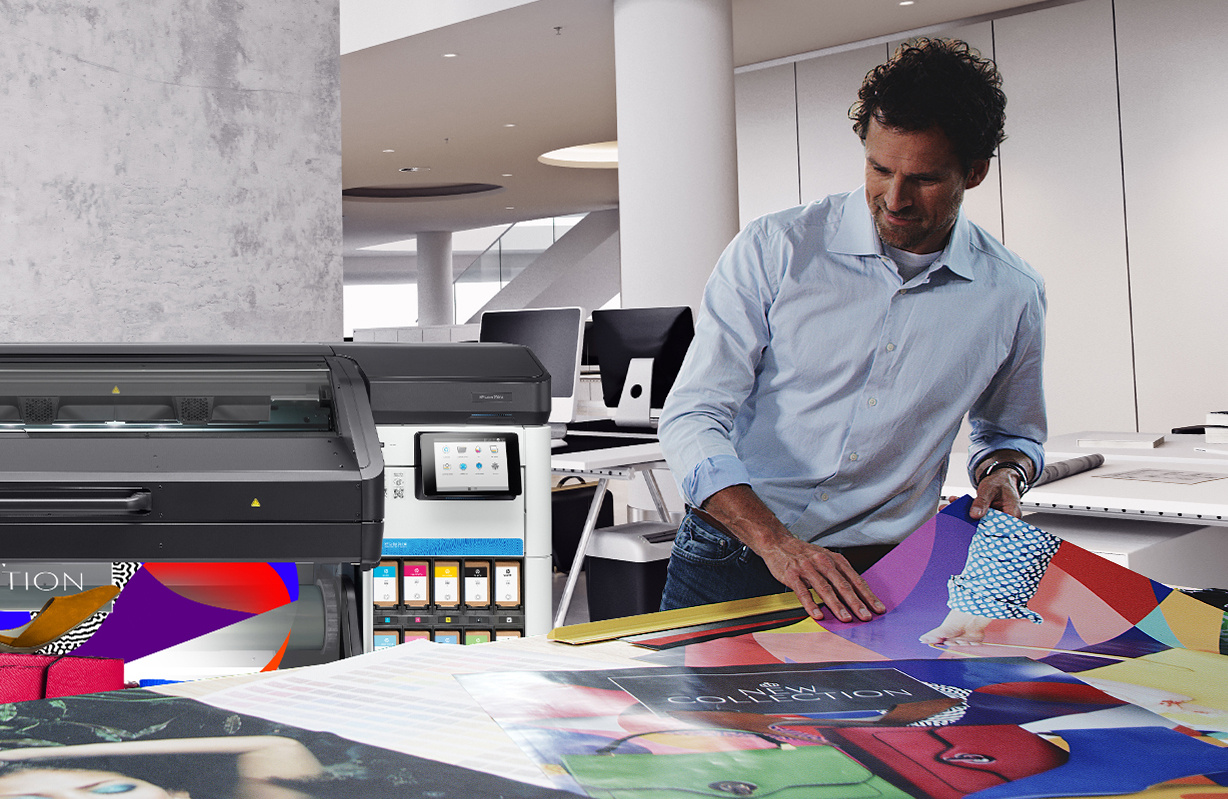
ALR projection screens have gained immense popularity over the last few years. As dedicated home theatre rooms give way to multi-purpose living spaces, it has become essential for the projection screen to be as utilitarian as any television screen. Now, instead of the typical 32” to 50” sizes, you could have a larger-than-life 100” screen. Here is where innovative advancements in projection technology come into play. As before stated, a 100” flat screen TV is presently going for tens of thousands of dollars. A projector with ALR screen can be obtained for a fraction of that cost.
The introduction of an actual “UST” (ultra-short throw) projector screen that also rejects ambient light (ALR) has been a breakthrough. Its advantage lies not only in that fact that it can match and even surpass a large flat panel screen’s performance, its ability to work with UST means there is no worry about shadow effect when somebody stands between the projector and screen.
ALR materials are typically made to reject indirect light while enhancing picture performance with the best possible brightness,
The Aeon CLR® “Ceiling Light Rejecting” screen bends the rules by combining the best of ALR and UST in a product that actually works. It is a variation of the “ALR” concept that specifically focuses on the elimination of overhead “ceiling” ambient lighting while utilising its reflective properties and contrast layers to eliminate the washout effects of incident lighting from horizontally off-axis light sources.
A special design for a specific task

The Aeon CLR® utilizes its proprietary StarBright CLR® material that can reject up to 95% of overhead lighting and negate its washout effect on the projected image. This is accomplished through the material’s angular
Importance of Proper projector placement with the Aeon CLR® screen


The specialised microstructure design limits its projector placement to
Here is the correct step-by-step method for optimal projector placement.
-
Mount the screen onto the wall at the optimal level to accommodate viewer eye level.
-
Correctly distinguish the
top / bottom of the screen and make sure the material is right-side-up before installation.-Viewing - The optimal alignment with the human eye should be with the bottom third (1/3) of the screen’s overall height. *Note, the average height of the human eye level is 50 inches (127cm) seated and 60 inches (152.4cm) standing.
-Seating - The optimal viewing distance from which one can comfortably view a projection screen is 1.5 times the screen’s actual width.
-
Be certain that the UST projector is properly centered and at the appropriate height level to present an image that will matte with the screen. Remember that this is a specialised material that receives projected light only from the bottom of the screen, upward. A bright glare (
hot spot ) will be visible on the screen if the alignment is wrong.
When properly installed and spaced, the screen will present television-image brightness with full
Source: Elite Screens

